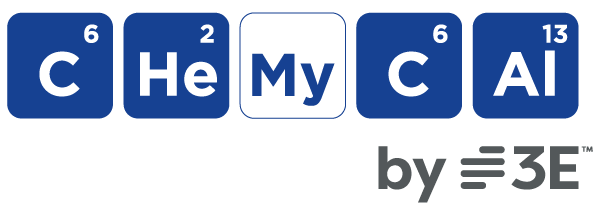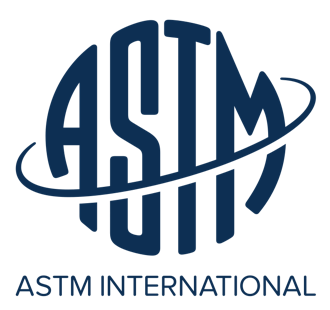Helping to ensure that consumers stay safe from the products they use every day might seem like a given. Yet, until the mid-twentieth century, consumer product safety standards were not commonplace. In 1962, the United Kingdom (U.K.) introduced the Consumer Protection Act, which set forth standards to reduce the possibility of injury or death by purchased goods. Ten years later, the United States enacted the Consumer Product Safety Act of 1972, which spurred the creation of the Consumer Product Safety Commission (CPSC).
An independent agency of the U.S. government, the CPSC has the power to develop safety standards and pursue recalls for over 15,000 different consumer products. The agency does not, however, have jurisdiction over such areas as food, drugs, firearms, and tobacco, which are governed by other federal agencies.
Other regions have likewise enacted consumer product safety initiatives. In Singapore, the Consumer Product Safety Office helps ensure that consumer products are safe for use and comply with specific regulations. In the European Union, the rapid alert system “Safety Gate” circulates daily updates about dangerous products, their associated risks, and efforts to ameliorate their issues. Safety Gate is used by 31 European nations and the U.K.
CONTINUE READING ON sn.astm.org



